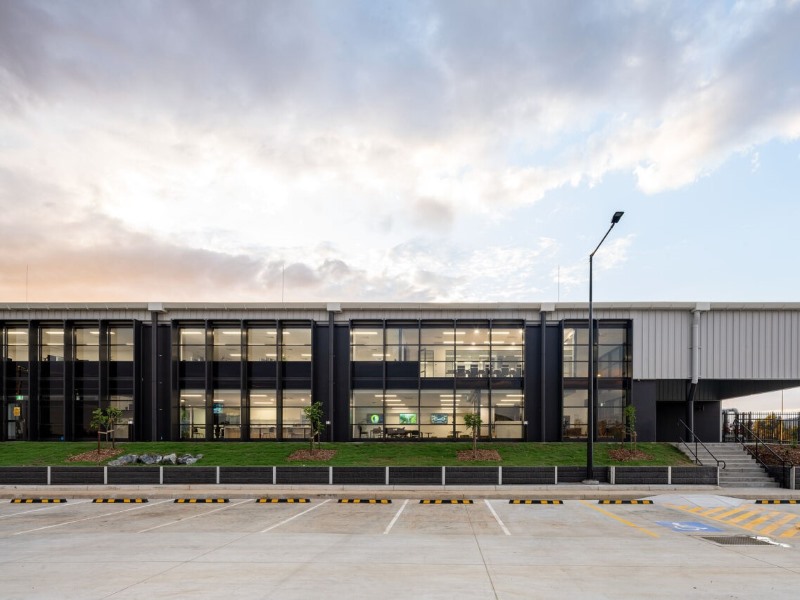Australia’s largest electrolyser manufacturing facility was opened by federal Industry and Science minister Ed Husic and Queensland Premier Steven Miles in Gladstone on Monday.
Fortescue’s 13,000 m² facility will produce over 2GW of proton exchange membrane (PEM) electrolysers annually through an automated assembly line, according to the firm.
The Green Energy Manufacturing Centre will support Fortescue’s co-located US$150 million Gladstone PEM50 Project that is expected to produce up to 8,200 tonnes of green hydrogen per annum from 2025.
The federal government is backing the electrolyser manufacturing facility with almost $45 million from the Coalition’s Modern Manufacturing Initiative, while CSIRO and Central Queensland University are also project partners.

“This demonstrates our commitment to a Future Made in Australia, while also helping the country make the transition to net zero,” Mr Husic said in a statement.
“We can cut emissions and increase jobs at the same time.”
Fortescue announced the new facility would produce its 2GW of Proton Exchange Membrane (PEM) electrolyser stacks annually, after US-based supplier Plug Power pulled out of the project last year.
Controversy surrounding the federal funding for the project also threatened to delay it.
The Morrison government awarded the project a $45 million grant from its Modern Manufacturing Initiative in the lead up to the 2022 election. The timing prompted concerns about the integrity of the program.
The incoming Albanese government delayed the grants, with some eventually cancelled, but Fortescue’s survived.
State government support came in the form of “electrical sub-station, road network, communications and local scheme water connection” provision.
Fortescue executive chair and founder Andrew Forrest said he was grateful for support from the state and federal governments, which has helped the company cement itself as a first mover in Australia’s budding green hydrogen industry.
Fortescue Energy chief Mark Hutchinson said the facility establishes the company as an important green energy original equipment manufacturer.
“The process of splitting hydrogen and oxygen isn’t new – but the innovative ways the world is looking to use green hydrogen to decarbonise are, and that means demand for green hydrogen and for the electrolysers to produce it is growing rapidly,” he said.
The electrolyser facility marks a major step in the Gladstone PEM50 Project, slated to produce green hydrogen at an industrial scale using a automated production and advanced robotics.
PEM50 is expected to have an electrolyser capacity of 50MW when it is fully commissioned.
With Brandon How
Do you know more? Contact James Riley via Email.

